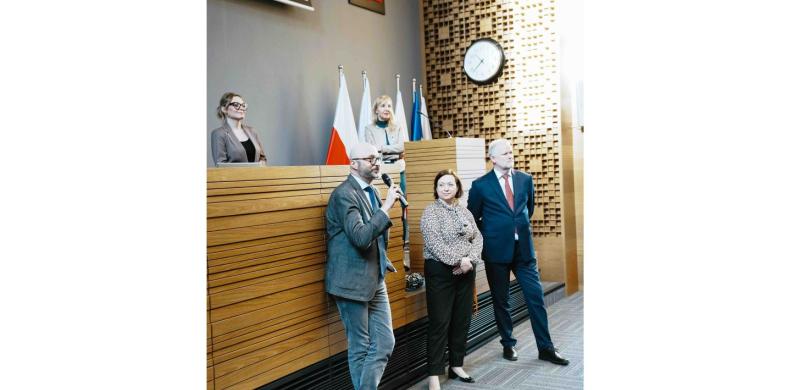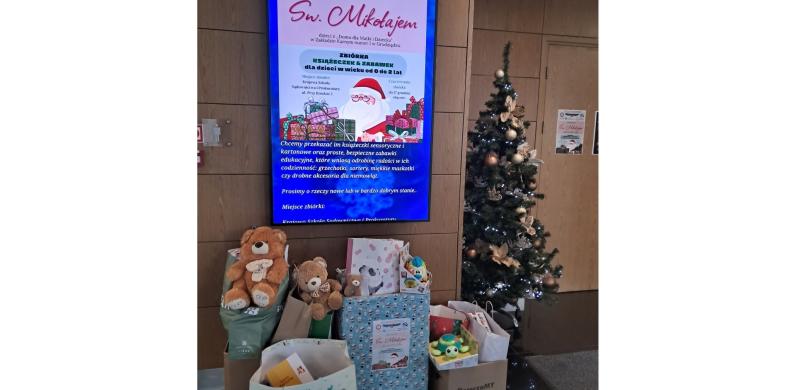Transakcja zbliżeniowa zrealizowana cudzą kartą płatniczą do kwoty niewymagającej autoryzacji kodem PIN – kradzież (art. 278 § 1 k.k., art. 119 § 1 k.w.) czy kradzież z włamaniem (art. 279 § 1 k.k.)?
|
Kwartalnik Krajowej Szkoły Sądownictwa i Prokuratury * 2022* tom 45* zeszyt1* s. 7-26 * ISSN 2083-7186 Transakcja zbliżeniowa zrealizowana cudzą kartą płatniczą do kwoty niewymagającej autoryzacji kodem PIN – kradzież (art. 278 § 1 k.k., art. 119 § 1 k.w.) czy kradzież z włamaniem (art. 279 § 1 k.k.)? A contactless transaction made with someone else’s payment card up to an amount that does not require authorization with a PIN code – theft or theft with burglary? Dr Arkadiusz Paweł Szajna, Wyższa Szkoła Zarządzania Ochroną Pracy w Katowicach, ORCID 0000-0001-6327-4234 DOI: 10.53024/1.1.45.2022
URL: https://www.kssip.gov.pl/pobierz_plik/01_szajna.pdf
SUMMARY: The aim of this publication is to present the issues related to the legal qualification of an act consisting in making a payment with someone else’s payment card in the form of a contactless payment (up to an amount that does not require authorization with a PIN code) by a person who came into possession of the card against the will of its owner. After analyzing the literature and jurisprudence, the author concludes that the theft under the Penal Code or the Code of Petty Offences should be taken into account when classifying the act in law. The indication of the legal provision from the Criminal Code and the Code of Petty Offences results from the fact that theft is a halved act, where the quantum that separates the theft into a crime and an petty offence is the amount of PLN 500. Key words: theft, burglary, contactless payment, payment card. Bibliographic Citation: SZAJNA, A. Transakcja zbliżeniowa zrealizowana cudzą kartą płatniczą do kwoty niewymagającej autoryzacji kodem PIN – kradzież (art. 278 § 1 k.k., art. 119 § 1 k.w.) czy kradzież z włamaniem (art. 279 § 1 k.k.)?, Kwartalnik Krajowej Szkoły Sądownictwa i Prokuratury. 2022, t. 45, z. 1, s. 7-26. ISSN 2083-7186. DOI: 10.53024/1.1.45.2022 |
|



